Segmental retaining walls consist of modular concrete blocks that interlock with each other. They are used to hold back a sloping face of soil to provide a solid, vertical front. Without adequate retention, slopes can cave, slump or slide. With the unique construction of segmental retaining walls, higher and steeper walls can be constructed with the ability to retain the force of lateral earth pressure created by the backfill soil.
Segmental retaining walls can be installed in a wide variety of colors, sizes, and textures. They can incorporate straight or curved lines, steps, and corners. They are ideal for not only slope support, but also for widening areas that would otherwise be unusable due to the natural slope of the land. Retaining walls are often used for grade changes, and for other functional reasons such as widening driveways, walkways, or creating more space in a patio outdoor area.
What are Concrete Segmental Retaining Walls
Segmental retaining walls consist of a facing system and a lateral tieback system. The facing systems usually consist of modular concrete blocks that interlock with each other and with the lateral restraining members. The lateral tiebacks are usually geogrids that are buried in the stable area of the backfill. In addition to supporting the wall, the geogrids also stabilize the soil behind the wall. These two factors allow higher and steeper walls to be constructed.
Advantages Of Concrete Segmental Retaining Walls
Segmental retaining walls offer many advantages:
- rapid construction
- horizontal and vertical curvatures
- easy grade changes
- a wide variety of colors, sizes and textures
- no need for a concrete footing
Some segmental systems use steel or fiberglass pins, clips or integral lips to create a continuous facing system. Some blocks are hollow, some are solid. Just about all block systems permit backfill drainage through the face joints.
